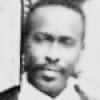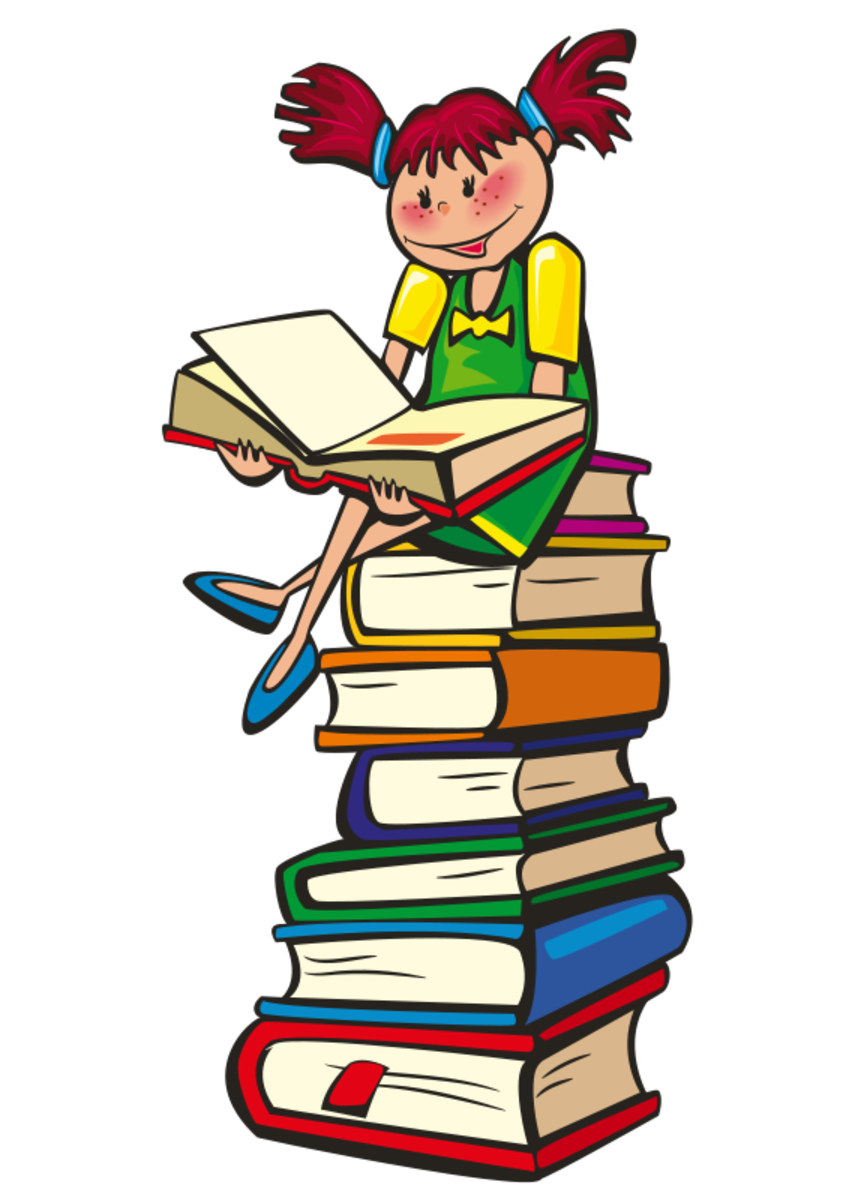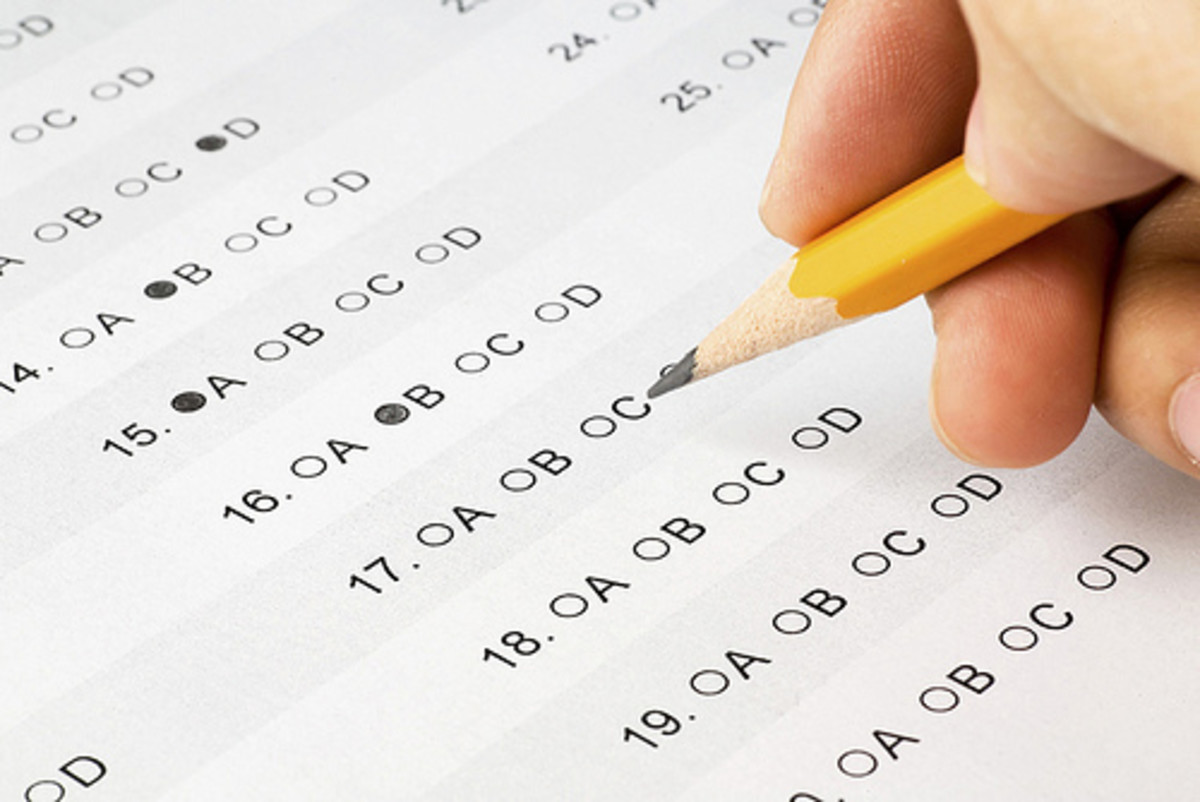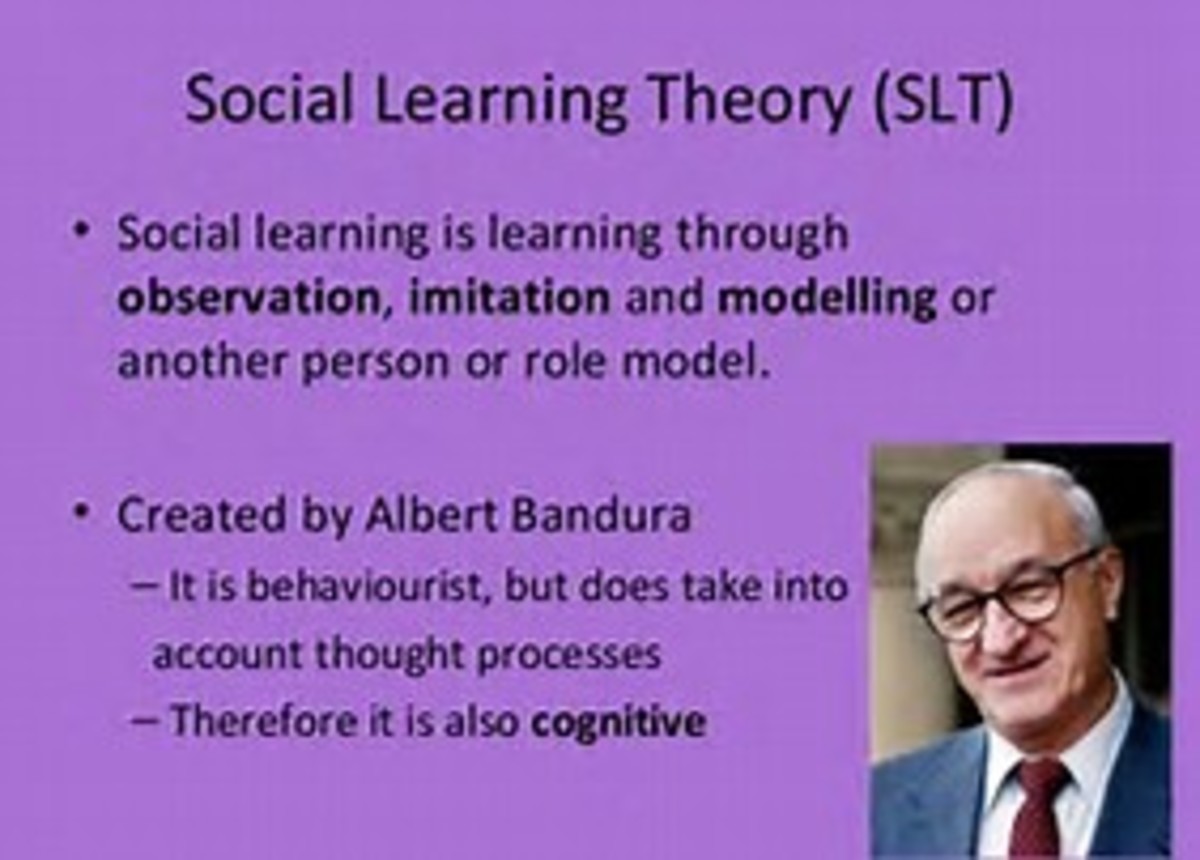How to Study to Get Better Grades

Study Techniques
Many students are constantly seeking study help. They have come to realize that although they have been spending a great deal of time studying for every exam, they are unable to recall most of the information they have studied, during an examination. Although each student learn differently, it is believed that anyone can improve their ability to remember mnemonic systems or techniques; because of this, it's considered a very effective way to study.
What are The Mnemonic Systems
The mnemonic systems are deliberately designed to help everyone remember. These systems or techniques have been known for decades and were practiced by ancient Greek orators.
Mnemonic systems organize information so that it can be stored and retrieved easily. They are imagery, association, and meaning, the brain's basic tools, as well as schema already stored in memory.
2 Advantages of The Mnemonic Systems
Based on theory of learning, people who use mnemonics gain two advantages in the long run. First, they can memorize lists of facts more efficiently, freeing their minds for tasks that involve thought and creativity. Secondly, because they are good at remembering facts, they can develop a strong base of information to draw on when reasoning and solving problems.
The Pitfall to Some Mnemonic Techniques
A percentage of college students sometimes complain that some mnemonic techniques aren't always helpful when it comes to learning some of their course materials. This is due to the fact that learning the content of a college textbook, involves more than just memorizing lists of words or concepts. This leads us to the question -- how, then, can students improve their recollection of what they read?
An Extremely Effective Method of Improving Recollection
One approach that makes study time extremely effective, according to Thomas etal, is called the "PQ4R" method. The term "PQ4R" comes from the six steps involved:
- Preview
- Question
- Read
- Reflect
- Recite
- Review
How Does the PQ4R Method Work
The way this work, is that, when you study a textbook chapter, you should start with a preview of the chapter's topics. Read the summary first. Try to identify the major section , then form a mental picture of the chapter's organization, making an outline that organizes the content into a hierarchy. On the basis of your preview of the chapter, make up questions about the material. As you read each major section, perform the next three steps.
- First: reflect on the material as you read it. Try to see how it links to the information presented earlier in the book and to your other knowledge. When the book lays out general principles or conclusions, try to think of examples that gives you a good picture of them. Reflection forces you to expand upon the material and relates it to your schemes, which improves memory.
- Second: once you have finished a section, recite the answers to the questions you have created for it. Actively formulation answers is found to be much more effective than just reading carefully. The questions should serve as retrieval cues for the major points of each section. If you experience any difficulty recalling any information, you should revisit and reread that portion of the text.
- Final: mentally review the whole chapter. This step will add up to a repetition of the section-by-section reviews. You should be able to recall the major facts and concepts in the chapter and be able to answer the questions you put together for each section. Reviewing gives you practice in active retrieval.
Conclusion
There are a lot of study help available to students out there, in books, Audios, and via the internet. However, mnemonics and the PQ4R techniques are proven to be two very effective study techniques. For individuals who believe the mnemonics techniques do not work well for them, they should try the PQ4R techniques or they could even try both techniques simultaneously, if possible.
Copyright: I.McFarlane 20012








